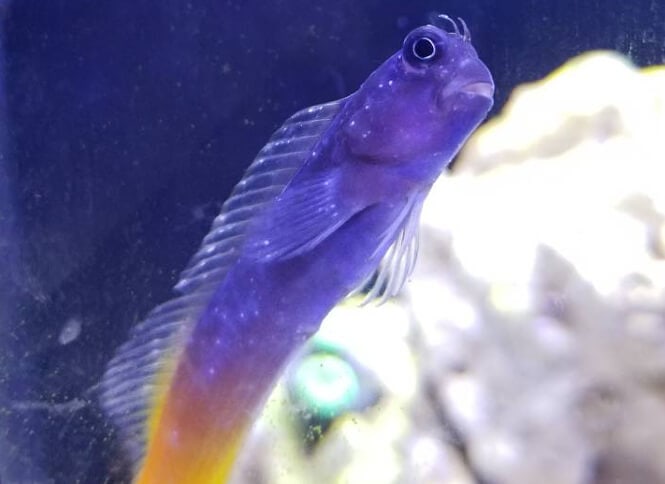Good day folks,
I have a question about treating marine ich. Has anyone heard of the brass bottom method? Supposedly there was a study done where they treated ich by laying brass sheet on the bottom of the bare QT tank. According to this article I read.

 aquanswers.com
Reads. That brass is 70% copper 30% zinc (roughly) and kills the ich when they fall off the fish on to the brass. Supposedly this is less stressful on the fish?
aquanswers.com
Reads. That brass is 70% copper 30% zinc (roughly) and kills the ich when they fall off the fish on to the brass. Supposedly this is less stressful on the fish?
Any thoughts? Recommendations?
I am new to the hobby. 90days. I just bought and in the process of setting up hospital tank. Was just wondering if this is worth a shot. Or should I just go with copper treatments which has been proven already?
thank you!
I have a question about treating marine ich. Has anyone heard of the brass bottom method? Supposedly there was a study done where they treated ich by laying brass sheet on the bottom of the bare QT tank. According to this article I read.

6 Tested Saltwater Ich Treatments to Save Your Marine Fish
Did you recently add the perfect fish to your aquarium, just to find it covered in white dots a couple of days later? Fish with ich. Learning how to properly treat a saltwater Ich outbreak
Any thoughts? Recommendations?
I am new to the hobby. 90days. I just bought and in the process of setting up hospital tank. Was just wondering if this is worth a shot. Or should I just go with copper treatments which has been proven already?
thank you!















